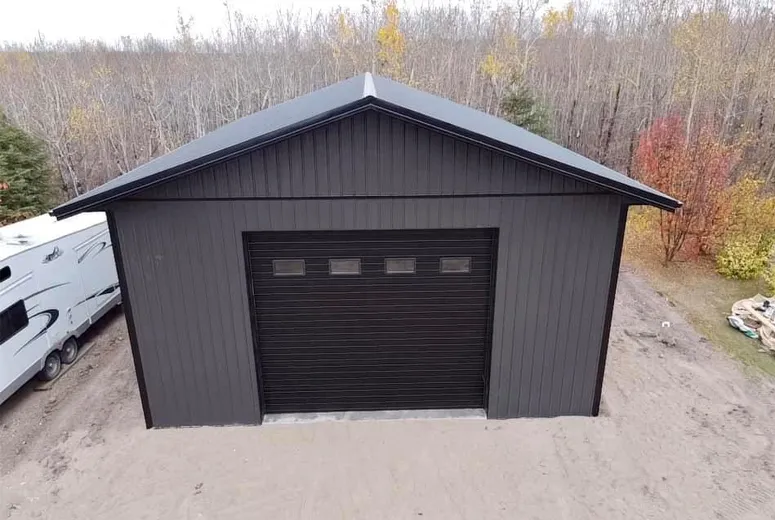- Afrikaans
- Albanian
- Amharic
- Arabic
- Armenian
- Azerbaijani
- Basque
- Belarusian
- Bengali
- Bosnian
- Bulgarian
- Catalan
- Cebuano
- Corsican
- Croatian
- Czech
- Danish
- Dutch
- English
- Esperanto
- Estonian
- Finnish
- French
- Frisian
- Galician
- Georgian
- German
- Greek
- Gujarati
- Haitian Creole
- hausa
- hawaiian
- Hebrew
- Hindi
- Miao
- Hungarian
- Icelandic
- igbo
- Indonesian
- irish
- Italian
- Japanese
- Javanese
- Kannada
- kazakh
- Khmer
- Rwandese
- Korean
- Kurdish
- Kyrgyz
- Lao
- Latin
- Latvian
- Lithuanian
- Luxembourgish
- Macedonian
- Malgashi
- Malay
- Malayalam
- Maltese
- Maori
- Marathi
- Mongolian
- Myanmar
- Nepali
- Norwegian
- Norwegian
- Occitan
- Pashto
- Persian
- Polish
- Portuguese
- Punjabi
- Romanian
- Russian
- Samoan
- Scottish Gaelic
- Serbian
- Sesotho
- Shona
- Sindhi
- Sinhala
- Slovak
- Slovenian
- Somali
- Spanish
- Sundanese
- Swahili
- Swedish
- Tagalog
- Tajik
- Tamil
- Tatar
- Telugu
- Thai
- Turkish
- Turkmen
- Ukrainian
- Urdu
- Uighur
- Uzbek
- Vietnamese
- Welsh
- Bantu
- Yiddish
- Yoruba
- Zulu
Aug . 18, 2024 09:36 Back to list
Agricultural Storage Buildings Essential Infrastructure for Modern Farming
Agriculture is the backbone of many economies around the world, providing food, fiber, and raw materials for countless industries. As the demand for agricultural products continues to grow, so does the need for efficient storage solutions. Agricultural storage buildings play a crucial role in this sector, ensuring that crops and supplies are preserved in optimal conditions, minimizing waste and loss.
Importance of Agricultural Storage
One of the primary functions of agricultural storage buildings is to extend the shelf life of harvested crops. Proper storage prevents spoilage caused by moisture, pests, and temperature fluctuations. Grains, vegetables, fruits, and other produce require specific conditions to maintain their quality. For instance, grains ideally need to be stored in a dry environment to prevent mold growth and infestation by pests. Storage buildings equipped with temperature and humidity control systems help farmers protect their investments.
In addition to preserving crops, these storage facilities also provide farmers with the flexibility to market their products at favorable times. By storing crops for extended periods, farmers can wait for prices to rise, thus maximizing their profits. This adaptability is particularly important in a global market where pricing can be unpredictable.
Types of Agricultural Storage Buildings
Agricultural storage buildings come in various forms, each designed to meet specific farming needs. For instance, silos are tall, cylindrical structures primarily used for storing grains. They are engineered to provide excellent air circulation, which helps keep the stored products dry. On the other hand, warehouses or barns serve a broader purpose, providing storage for equipment, feed, and even livestock, in addition to crops.
Another popular storage solution is the cold storage unit, which is essential for perishable items such as fruits and vegetables. These facilities are equipped with refrigeration systems that maintain low temperatures to prolong the freshness and prevent decay.
Design Considerations
agricultural storage buildings

When designing agricultural storage buildings, several factors must be taken into account to optimize functionality. First and foremost is location—buildings should be situated conveniently near crop fields and processing areas to minimize transportation time and costs.
The materials used for construction are also vital. Many agricultural storage buildings are made from metal, wood, or a combination of both. Each material has its advantages and disadvantages concerning cost, durability, and maintenance. For instance, metal buildings are generally more resistant to pests and weather damage, while wooden structures provide better insulation.
Additionally, the design must facilitate good airflow and drainage to prevent moisture buildup, which can lead to spoilage. Modern designs often incorporate technology such as sensors and automated systems to monitor conditions within the storage facility, providing real-time data that helps in making informed decisions.
Sustainability and Future Trends
As the agricultural sector faces challenges related to climate change and environmental sustainability, the design and operation of storage buildings are evolving. Innovative solutions such as solar panels and rainwater harvesting systems are being integrated into new storage facilities. These features not only reduce the carbon footprint but also lead to significant cost savings over time.
Moreover, advancements in technology such as IoT (Internet of Things) applications enable farmers to monitor and control storage conditions remotely. This trend towards smart agriculture can significantly enhance efficiency, ensuring that crops are stored under ideal conditions with minimal human intervention.
Conclusion
Agricultural storage buildings are a critical component of the modern farming landscape. They protect farmers' investments by preserving the quality of produce and allowing for strategic marketing. As technology advances and sustainability becomes increasingly important, the future of agricultural storage promises to be innovative and efficient, supporting the agricultural sector in meeting the demands of a growing global population. Proper investment in these storage solutions is paramount for farmers looking to thrive in an ever-changing marketplace.
-
Steel Frame Factory with Insulated Roof Panels
NewsAug.14,2025
-
Prefab Metal Building with Insulation Package Options
NewsAug.14,2025
-
Industrial Steel Sheds for Temporary Workshop Use
NewsAug.14,2025
-
Metal Workshops Featuring Corrugated Steel Roofs
NewsAug.14,2025
-
Modular Steel Frame Excellence: Our Pursuit of Perfection
NewsAug.14,2025
-
Metal Garage Kits Crafted with Customer Satisfaction at Heart
NewsAug.14,2025
Products categories
Our Latest News
We have a professional design team and an excellent production and construction team.












